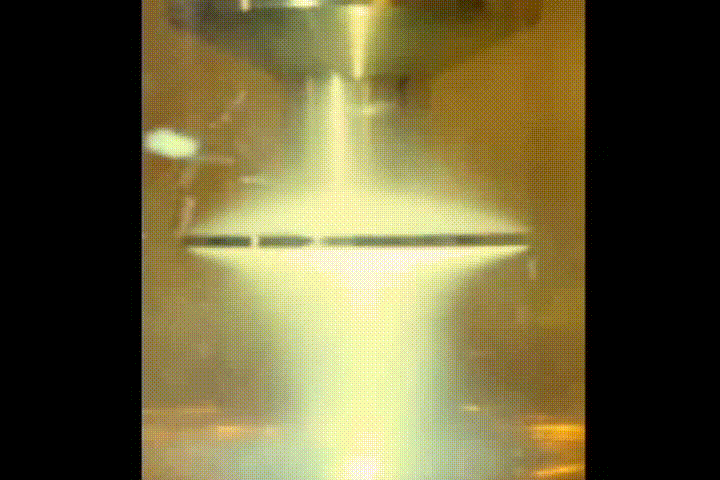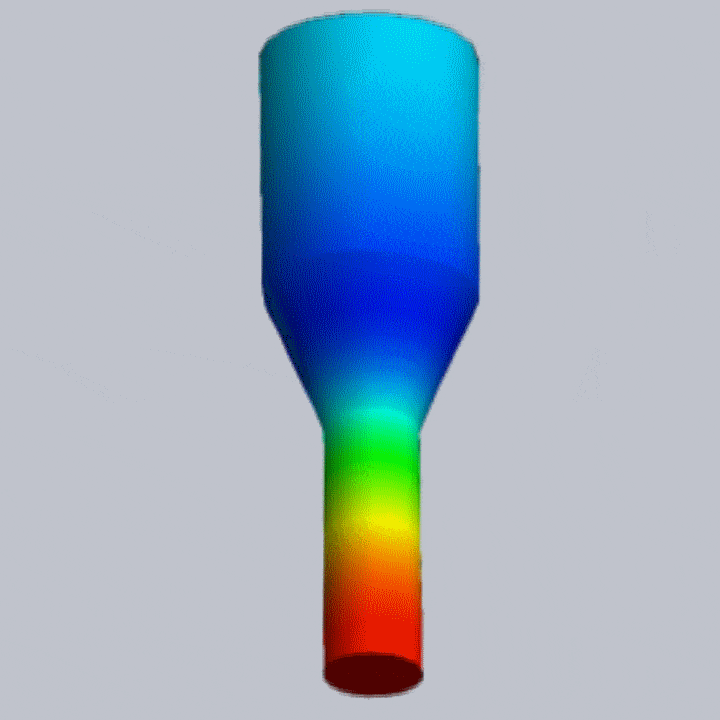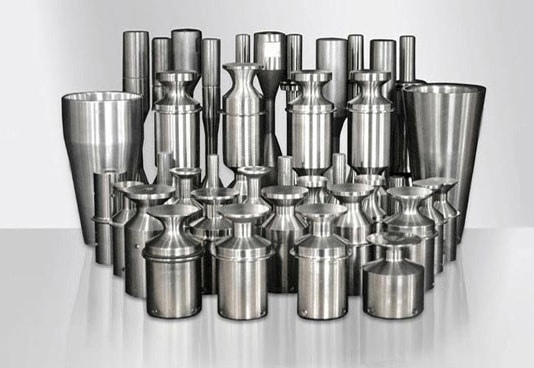
Acoustic Cavitation: The Driving Force Behind Ultrasonic Processing
Liquids exposed to high-intensity ultrasound undergo acoustic cavitation. It can be seen as a cloud of bubbles forming in the vicinity of an ultrasonic horn and heard as an intense hissing noise. Cavitation produces violently and asymmetrically imploding vacuum bubbles, causing micro-jets with extremely strong mechanical shear forces. These forces are responsible for the well-known ability of ultrasound to drive a multitude of physical and chemical processes forward.

High Ultrasonic Amplitude: The Required Condition
- Ultrasonic amplitudes of at least 70 – 80 microns are commonly necessary to take full advantage of ultrasonic cavitation.
- At lower amplitudes, the intensity of cavitation is insufficient for most processes, including the production of nanoparticles (e.g., nanoemulsions, liposomes, nanocrystals), extraction, cell disruption, deagglomeration, etc.
- To amplify the amplitudes and deliver the cavitation energy to liquids, ultrasonic processors incorporate high-gain acoustic horns (a.k.a. sonotrodes, waveguide radiators, resonators, probes).

Conventional Horns: The Main Scale-Up Limitation
- Conventional ultrasonic systems utilize acoustic horns that converge in the output direction. These conventional horns can only provide high ultrasonic amplitudes when their output tip diameters are small (typically, under 15 mm).
- Since their tip diameters are too small, conventional horns are appropriate for laboratory studies but cannot be used for commercial production.
- Process scale-up requires switching to horns with much larger output tip diameters, able to handle production-size liquid volumes.
- For a scaled-up process to be successful, it is essential to ensure that these industrial-scale horns can provide the same high ultrasonic amplitudes as the small-tip horns that were used during laboratory optimization.

Barbell Horns®: The Right Way to Scale-Up
Barbell Horns®, developed and patented by ISM, are able to amplify ultrasonic amplitudes while retaining large output tip diameters. This invention opened the possibility to directly scale up any high-amplitude ultrasonic process. Below are several examples of high-amplitude Barbell Horns® supplied with our ultrasonic processors, along with their tip diameters, maximum amplitudes and scale-up factors with respect to conventional horns able to reach similar amplitudes:
- LSP-600 (laboratory-scale processor) incorporates a 22 mm-tip Full-Wave Barbell Horn®. Its maximum ultrasonic amplitude is 115 microns and, despite being only a laboratory unit, its scale-up factor with respect to conventional horns is about 3.
- BSP-1200 (bench-scale processor) is typically supplied with a 32 mm-tip Half-Wave Barbell Horn®. Its maximum ultrasonic amplitude is 95 microns and its scale-up factor with respect to conventional horns is about 15.
- ISP-3600 (industrial-scale processor) comes with a 45 mm-tip Half-Wave Booster Half-Wave Barbell Horn®. Its maximum ultrasonic amplitude is 112 microns and its scale-up factor with respect to conventional horns is about 60.

Shapes Adapted to Each Application
- Full-Wave Barbell Horns® (FBH) – mainly used for batch-mode processing (or both flow-through and batch-mode processing with LSP-600).
- Half-Wave Barbell Horns® (HBH) – shorter that FBH but with double the radiating surface area. Almost exclusively used for flow-through processing.
- Half-Wave Booster Half-Wave Barbell Horns® (HBHB) – same length as FBH but with double the radiating surface area. Used for both flow-through and batch-mode processing.
- Application-specific Barbell Horns® – hollow “cup holder” devices, multi-stage radial-output sonotrodes, flat radiators, and many other types have been developed.


